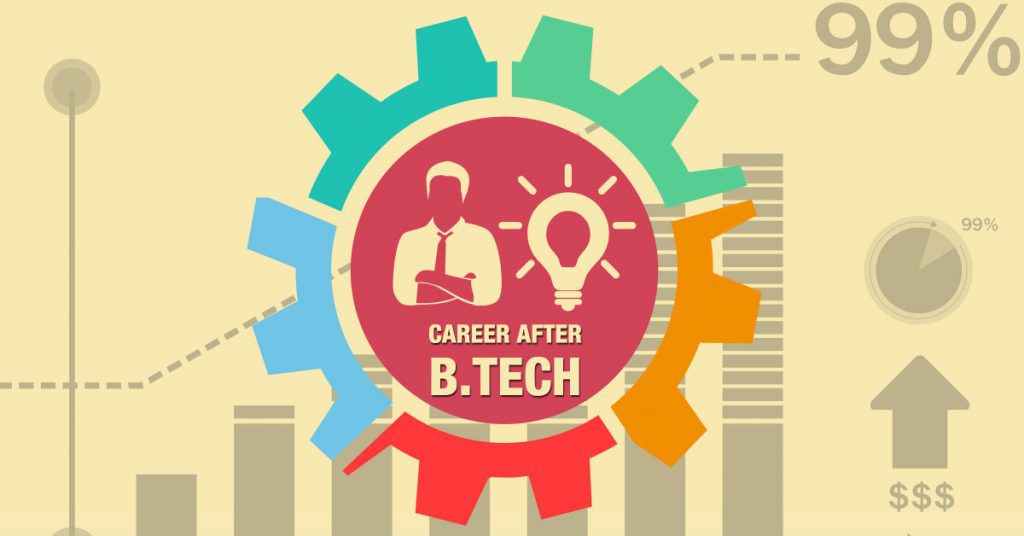Twenty-five years back, the teacher used to be the master of the subject and the students used to be novices in that subject. Very rapid changes took place when the internet appeared. Knowledge became accessible to everybody. The teacher’s role changed as they turned out to be focused on their subjects, whereas the students had to learn 10 subjects or more each year. Later in 2012, Big data came into the picture, and it was an information explosion as it wasn’t only text audio video, but also unstructured data like shares, downloads, and much more. The subject matter expert turned out to be the content creator. Just two years back AI-driven Large Language Models came into the picture. Every student had support and every teacher had an Assistant. The mistake here is that instead of considering the AI model as the assistant, teachers started using it as a guide. So here comes the change in the role of teachers and what should be done about it.
1. Personalised Learning – The best part of AI LLM is personalized learning. Now the teacher has a mentor who can sit with his students. analyze the student data to identify individual learning needs preferences and progress. Teachers are now required to work, taking into AI systems to provide customized support, ensuring the engagement of the student, and monitoring the progression at their own pace, the shift has become more flexible, responsive adaptive to their methods based on the insights provided by AI
2. Curator of Educational Content – Earlier as teachers we used to make notes and solve problems, but now a lot of information is available on the internet. So the teacher’s role has changed from content creators to content curators. Instead of creating the content from scratch, they need to surf, navigate, and find appropriate resources keeping the ability of students at the back of their minds. This helps the students to critically evaluate the information they come across the teachers must ensure that AI-curated content aligns with the learning objectives and outcomes of the overall education experience
3. Teachers as Designers of Learning Experience – In this AI-driven education environment. Teachers have become the designers of the learning experience. Now the teachers have more time to focus on creating, dynamic engaging, and collaborative learning experiences. This includes integrating technology into curriculum, lesson plans, project-based learning, and fostering curriculum and collaborative environments. Now the teachers are expected to think very creativity on how to engage students in meaningful ways
4. Teachers as Mentors and Advisors – Now AI has taken over on more of the routine aspects of education and the human element has become more crucial. Now teachers have the role of mentors and advisors providing guidance that goes much beyond academic content, this includes helping the students develop critical thinking skills, emotional intelligence, ethical reasoning, and other areas where AI cannot fully replicate human interaction. Now teachers are not only educators but also role models who help students in their personal and professional journey.
5. Teachers as Ethical Guardians and Digital Literacy Advocates – with the integration of AI in education. There comes the responsibility of ensuring that the students understand the ethical implications. Now the task for the teachers is to educate the students about the ethical use of AI including issues of data, privacy, algorithmic, bias, and societal impact, I would like to underline one issue here which is algorithmic bias and that we have seen how it is tilted towards a given community and internationally. How it has been able to buyers and prejudice the political parties. This involves enhancing a sense of digital literacy where students are not only proficient in using the AI tools, but also aware of potential consequences, and the algorithmic bias. Now teachers need to guide their students in navigating the complexities of AI ethically and responsibly.
6. Life Long Learners and Adapters -. The most important aspect of change that AI has brought is that the teachers themselves must become lifelong learners if they want to engage their students effectively and integrate AI into their teaching practices. The teachers need to stay updated on the latest developments in AI and education technology, this requires a commitment to continue professional development, whether out of formal training programs workshops, self-directed learning, or any other mode, offline or online. The teachers must be adaptive willing to experiment with new tools and approaches and open to rethinking the traditional methods in light of new technologies,
In conclusion, we are preparing the students for the job roles which do not exist right now. We are preparing the students to work for the next 40 years and we also don’t know which kind of jobs will be available 40 years down the line. The role of higher education teachers has changed from facilitators of personalized training to ethical guardians and lifelong learners. Educators must adapt new challenges and opportunities given by AI and by embracing these changes educators cannot only enhance the learning experience for their students but also ensure that they remain at the front-end and forefront of education, education, and innovation in an AI-driven world.




Good vision about AI and future that will be made by using AI